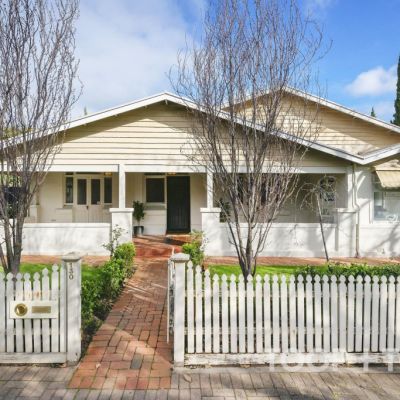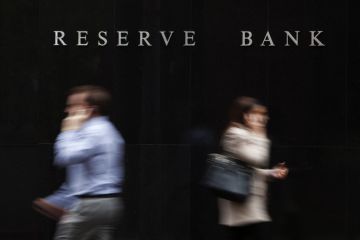Only one pocket of Australia is defying the six-month price tumble taking hold

The property market plunge has sunk in across Australia, with every capital city and all but one regional zone clocking six months straight of price decreases.
And conditions could cause price to “re-accelerate” and fall further, an expert warns.
New CoreLogic data shows national dwelling values dipped 1.2 per over October – the sixth consistent month of declines.
Every capital city and country area – except for regional South Australia – nosedived month-on-month. Brisbane is experiencing the quickest, most aggressive price falls of any area of Australia (metro and country).
However, segments of the market are moving at different paces, figures show.

As Brisbane’s declines rollick, in Sydney and Melbourne price slides have slowed down – in Sydney, over the past two months, and over the past three months in Melbourne.
CoreLogic’s research director Tim Lawless said in a statement it is likely too early to say the “worst” of the declines is over for homeowners closely eyeing the capital in their real estate.
Only Sydney has a median dwelling price more than $1 million, CoreLogic numbers show.
A factor holding up the capital gains made during the pandemic includes below-average numbers of new listings (low supply supports prices).
However, back-to-back interest rates rises – and another predicted to bite down on households budgets come Melbourne Cup Day, November 1 – could loosen any handbrake and cause prices to keep slipping.

“Despite the easing in the pace of decline, with Australian borrowers facing the double whammy of further interest rate hikes along with persistently high and rising inflation, there is a genuine risk we could see the rate of decline re-accelerate as interest rates rise further and household balance sheets become more thinly stretched,” Lawless said.
“To-date, the housing downturn has remained orderly, at least in the context of the significant upswing in values. This is supported by a below-average flow of new listings that is keeping overall inventory levels contained.
“There’s also tight labour market conditions, an accrual of borrower savings and a larger than normal cohort of fixed interest rate borrowers, who have so far been insulated from the rapid rise in interest rates.”
However, at the crest of the upswing, the national median house price increased by 29.9 per cent, and 13.2 for units. The six-month run of declines has eroded only a small portion of capital growth.
Since April, prices have shaved down but not by a margin that matches the depth of the rise. Over six months, capital city house values have dropped by 7.2 per cent and unit values are down 4 per cent.

The data from CoreLogic shows that regional South Australia is still in the thick of its peak. At this crescendo, house prices are up 43.5 per cent.
Domain managing editor Alice Stolz told Nine’s Today show on Monday that property is a marathon proposition, keeping in mind the short-term pain of cash rate rises, inflation and Christmas only weeks away.
“Property plays out best when it is long-term play, so if you ride the storm, we know the sun will appear again, but people have to be prepared for what is going to be a very tight period,” Stolz said.
“We know that for many families, they are already feeling the pain, and things are going to get worse before they get better.”
Stolz said buyers may be tipping this is the bottom of the market.
“Many opportunistic buys make hay while the sun is not shining, get in now, in anticipation for rises to start again – when interest rates stabilise next year and prices start to moderate and eventually, they will go up again.”
States
Capital Cities
Capital Cities - Rentals
Popular Areas
Allhomes
More










